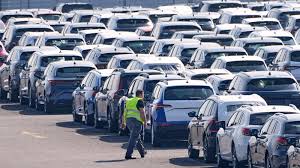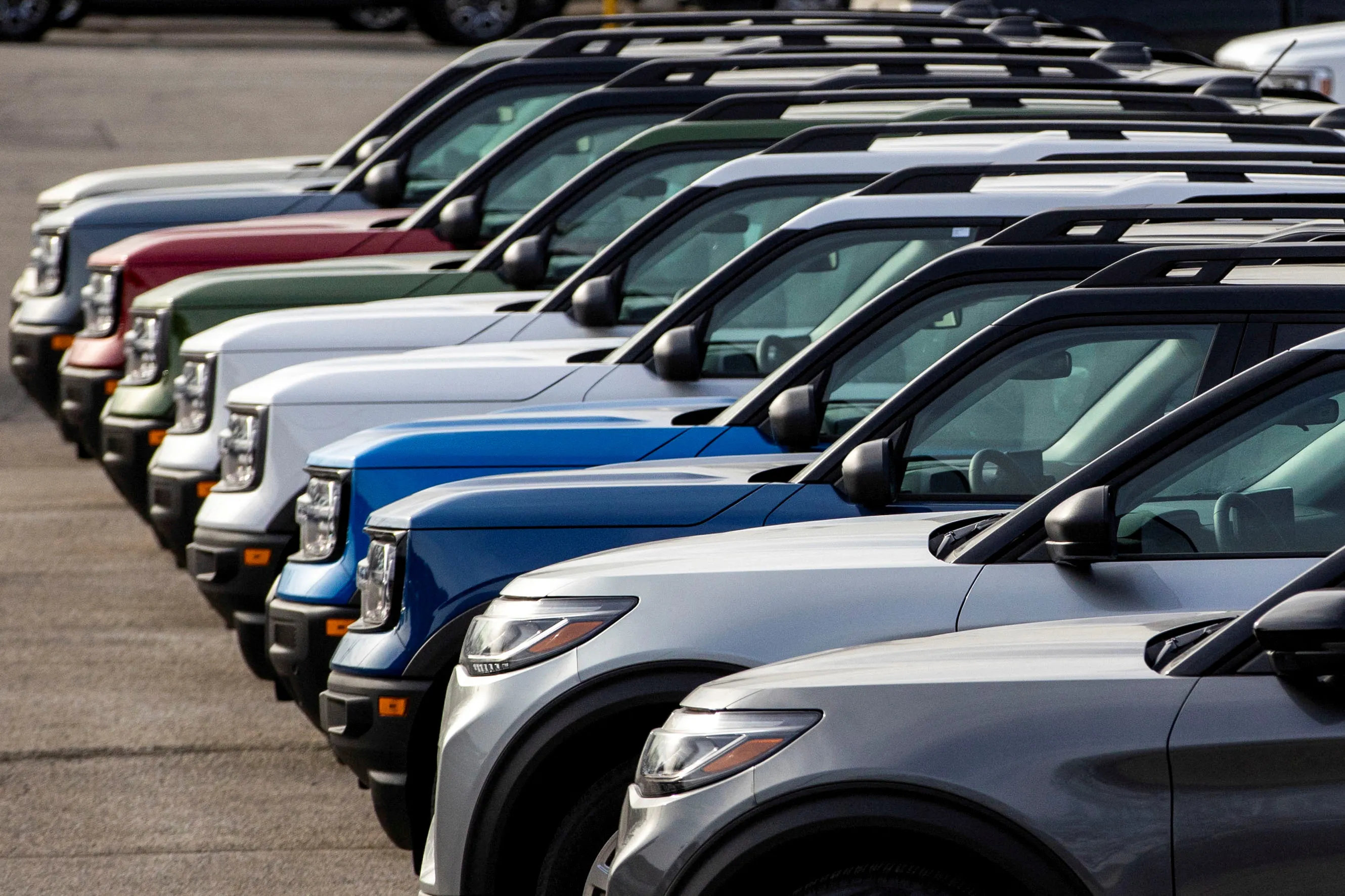As auto import tariffs in 2025 begin to reshape the U.S. automotive landscape, one question dominates industry discussions: Will the ripple effects spark a full-blown resurgence in the used car market?
With rising vehicle import costs driven by ongoing automotive trade tensions, the economic impact is reverberating from global automakers to local car dealerships. Tariffs affect production for vehicles sold in other countries, adding another layer of complexity. The complexities of international trade and global supply chains further influence production costs and the automotive supply chain. For consumers, the implications are clear—car price inflation is making the used-car renaissance of 2025 not just likely, but inevitable.
Introduction to the Auto Industry
The auto industry is a complex and multifaceted sector that plays a crucial role in the global economy. With the recent implementation of auto tariffs, the industry is facing significant challenges and uncertainties. The tariffs, which impose a 25% tax on imported vehicles, are expected to have a profound impact on car prices, with many manufacturers likely to raise prices to offset the increased cost of imported parts and vehicles. According to Cox Automotive, the average price of a new vehicle in the US is already over $48,000, and the tariffs are likely to drive prices even higher. As a result, car buyers may see higher prices for both new and used cars, with used car prices potentially increasing by 10-15% due to the tariffs.
How Auto Tariffs Are Disrupting the Market
New vehicle trade policy in 2025—including new auto tariffs and increased tariffs on cars and parts from Europe and Asia—has already begun to raise the MSRP on many imported models. According to analysts, imported vehicle cost increases of 10–20% could become standard, particularly for brands without U.S. manufacturing operations.
Auto Industry Tariff Response:
- Some automakers are accelerating U.S. production to offset shipping and import fees in response to President Trump's tariff decisions.
- Dealerships are adjusting inventory and pricing strategies in real time.
- Consumer demand is shifting rapidly toward more affordable alternatives.

Used Car Market Trends Amid Tariff Uncertainty
As new vehicle prices rise, so too does interest in used car inventory. Consumers facing sticker shock on new imports are now turning to pre-owned vehicles, which remain tariff-free and relatively stable in price.
Key Trends Driving the Used-Car Renaissance 2025:
- Used car values rising due to demand outpacing supply
- New vs used car buying decisions shifting toward affordability
- Trade-ins gaining value as car dealers race to replenish inventory
- Older vehicles receiving more maintenance as buyers delay upgrades
At Kunes Auto Group, we’re seeing heightened interest in low-mileage pre-owned models and certified used vehicles as buyers prioritize value and flexibility in uncertain times.
Economic Impact of Car Tariffs on Consumers
Tariffs are pushing the average new car price higher, especially for imported luxury and electric vehicles, significantly impacting the new car market. As auto affordability declines, many Americans are reassessing their options.
Tariffs and Consumer Demand:
- Increased traffic to used car lots and online marketplaces
- Delayed purchases of premium or imported models
- Stronger demand for budget-friendly domestic and certified new vehicles
- Consumers financing used instead of new to avoid inflated interest payments
Vehicles that are Tariff Resistant
Tariffs and Car Dealership Pricing Trends
Car dealership pricing trends now reflect a broader economic shift. In 2025, dealerships are:
- Investing more heavily in used vehicle sales and sourcing due to changes in wholesale prices, which significantly impact retail pricing strategies
- Offering aggressive financing on certified pre-owned inventory
- Navigating constrained new car shipments while adapting to tariff-driven pricing volatility
Dealers that emphasize flexibility and affordability—like Kunes used car market insights demonstrate—are positioned to thrive in this changing landscape.
What This Means for Buyers in 2025
With tariffs and auto affordability dominating headlines, today’s car shoppers face a pivotal decision as vehicle prices continue to rise due to economic factors such as tariffs and supply chain disruptions.
For many, the answer is clear. As used car values rise and inventory demand grows, the smart money is shifting toward late-model used vehicles.

Looking Ahead: U.S. Car Market Under Tariffs
While the full impact of 2025’s auto import tariffs is still unfolding, one thing is certain—the used car renaissance is no longer a forecast, but a reality. Tariffs on auto parts are affecting the supply chain and overall market dynamics, raising costs for manufacturers and consumers alike.
At Kunes Auto Group, we’re here to help you navigate this new era. Whether you’re buying, selling, or trading in, our team offers clear pricing, expert service, and one of the region’s strongest used vehicle inventories.
Explore Kunes Used Vehicle Offers Today
Browse certified pre-owned vehicles, check out our tariff-proof trade-in offers, and explore financing options designed for today’s market. With new tariffs affecting new vehicle sales and pricing strategies, now is the perfect time to consider these alternatives.



